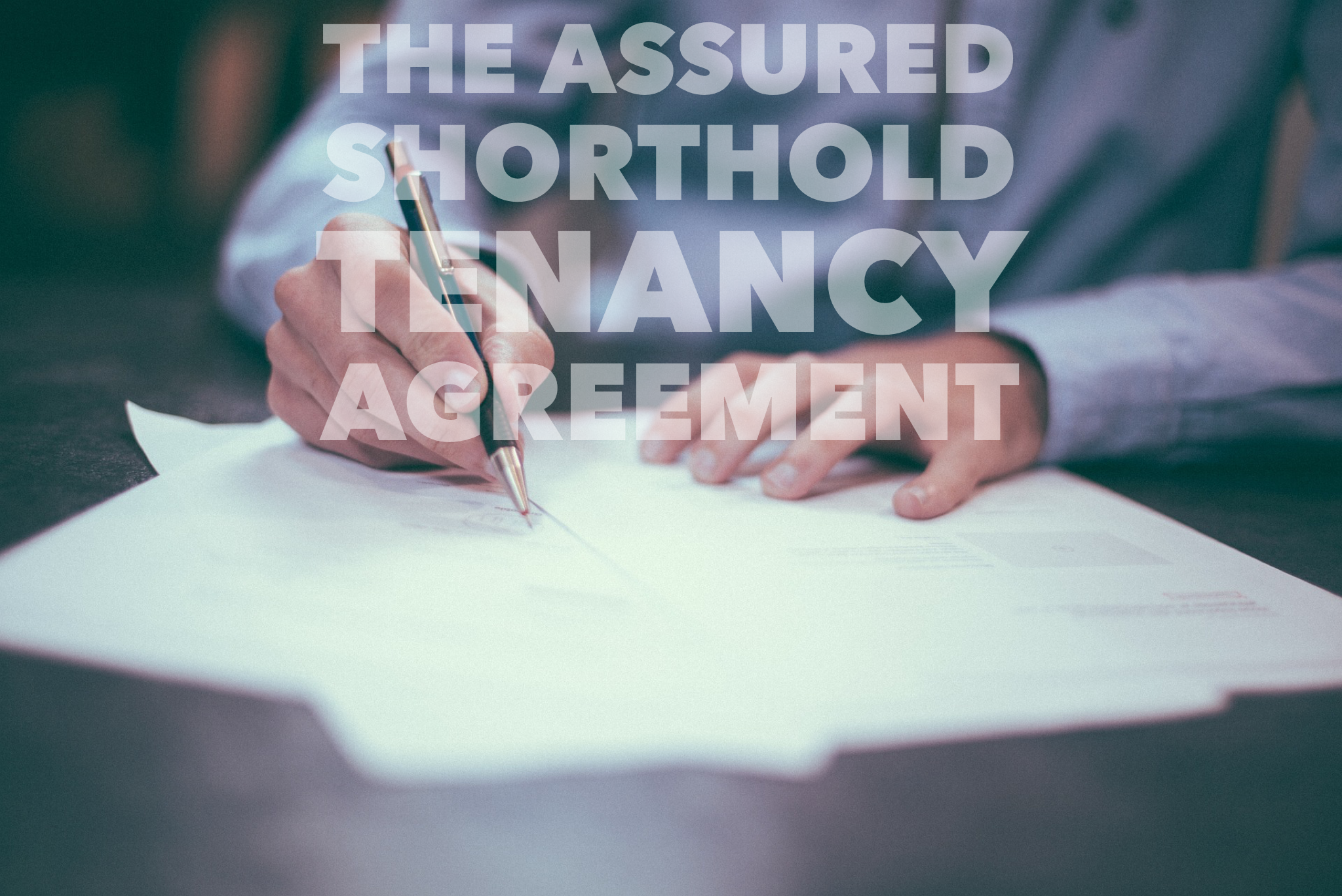
If you’re looking to rent for the first time, understanding your obligations towards your landlord and the property you’ll be living in is key.
That means getting to grips with the Assured Shorthold Tenancy (AST).
This is the agreement between you and the landlord.
Most importantly it provides legal protection for both of you.
But understanding it is vital for tenants as much as it is for landlords.
Here’s Martin & Co Chelmsford’s run-down on the Assured Shorthold Tenancy.
What is a tenancy agreement?
An Assured Shorthold Tenancy is the most common form of tenancy agreement in the UK.
It should contain all the terms and conditions of the tenancy, such as the length of time the tenancy is for, the tenant deposit, clear stipulations on things like pets and smoking and your responsibilities as a tenant.
Look at it much like an employment contract, which clearly states the hours you need to work to get paid.
A tenancy agreement will state the things you need to do to ensure your tenancy runs smoothly and without conflict!
What is usually included in an AST?
The following key details should be included in the agreement:
- Full names of everyone who will be living in the property (adults only)
- The property address
- The start date and end date of the tenancy agreement
- The amount of monthly rent and how it will be paid, as well as whether it will be paid in advance or at the end of each month
- Details on bills for the property and who will be paying them
- The total deposit paid by the tenant and in which deposit scheme it is protected
- Detailed reasons on why some or all of the deposit amount could be withheld at the end of the agreement
- Full details on tenant and landlord responsibilities
- Terms under which the tenancy may be terminated before its end date. This could include a break clause
- Terms regarding sub-letting
- Details on smoking, pets or other conditions specific to the landlord
Specific clauses as given by law are sometimes added into the tenancy agreement, which could include:
- The landlord must carry out property repairs in a timely manner
- The landlord must maintain installations that supply water, gas, electricity, sanitation, and heating
Who compiles an AST?
If your landlord is renting out their property through a lettings agent like Martin & Co, the agent will generally supply the AST.
But some landlords letting properties privately sometimes find templates to draft AST agreements online.
A Google search for “Assured Shorthold Tenancy agreement template” shows a host of results and AST examples to download.
As a tenant, knowing what should and shouldn’t be included in an AST is useful here as many downloadable AST templates contain out of date or irrelevant terms.
In some cases, landlords insert their own terms into the template, which can be unfair and, in many cases, not legally enforceable.
Does the property I’m looking to rent need an AST?
This largely depends on the property you are looking to rent.
Houses in multiple occupation (HMO), for instance, require a different tenancy agreement.
Other types of property that should not be let with an AST include:
- Properties that earn an annual rent of more than £100,000 per year
- Properties that do not command a rent payment
- Holiday homes
- Properties let to limited companies
- Properties owned by the government or Crown
Are all ASTs written?
You would think so, given the importance of “having it in writing”.
But in terms of the law, a verbal agreement is actually considered legally binding when it comes to tenancy agreements.
But the problems a verbal agreement could cause are pretty clear to see. It would be your word against the landlord’s should any conflict rear its ugly head and that is no position to be in.
As a tenant, always demand a written agreement and ensure you and every other adult in the property has a signed copy of the AST.
Renting through an agent like Martin & Co will always ensure you have a legally safe and clear tenancy agreement in writing.
Tenancy renewals and changes
In order for an AST to be renewed, both the tenant and landlord need to sign new contracts, even if the terms remain the same.
If both landlord and tenant agree, the terms of an AST can be changed during the fixed term of the tenancy, but changes should be made in writing and the updated agreement must be signed by both parties.
Can my landlord increase the rent?
The rent on your property cannot be increased during the initial fixed term of the AST unless an agreed clause is in the contract.
In the event of an AST running until the end of its term and no renewal being taken, the contract becomes a periodic agreement (month by month) and the landlord can raise the rent with a month’s notice.
What happens to my deposit during the tenancy?
Private landlords must lodge their tenant’s deposit with one of three government-backed schemes – the Deposit Protection Service, MyDeposits or Tenancy Deposit Scheme.
The scheme being used should be outlined in the AST and deposits should be protected within 30 days of the tenancy beginning.
If your deposit is not lodged within this time, you can claim it back plus compensation.
Can the landlord end my tenancy?
Your landlord can end your tenancy at the end of the fixed term by giving two months’ notice.
Landlords must following the law when bringing tenancy agreements to an end.
The notice period is paramount.
They can’t simply turn up on the last day of the tenancy and ask you to leave!
That’s the most important detail you need to know about ASTs.
If you need further advice or information, pop into Martin & Co Chelmsford and speak to one of our lettings experts.



